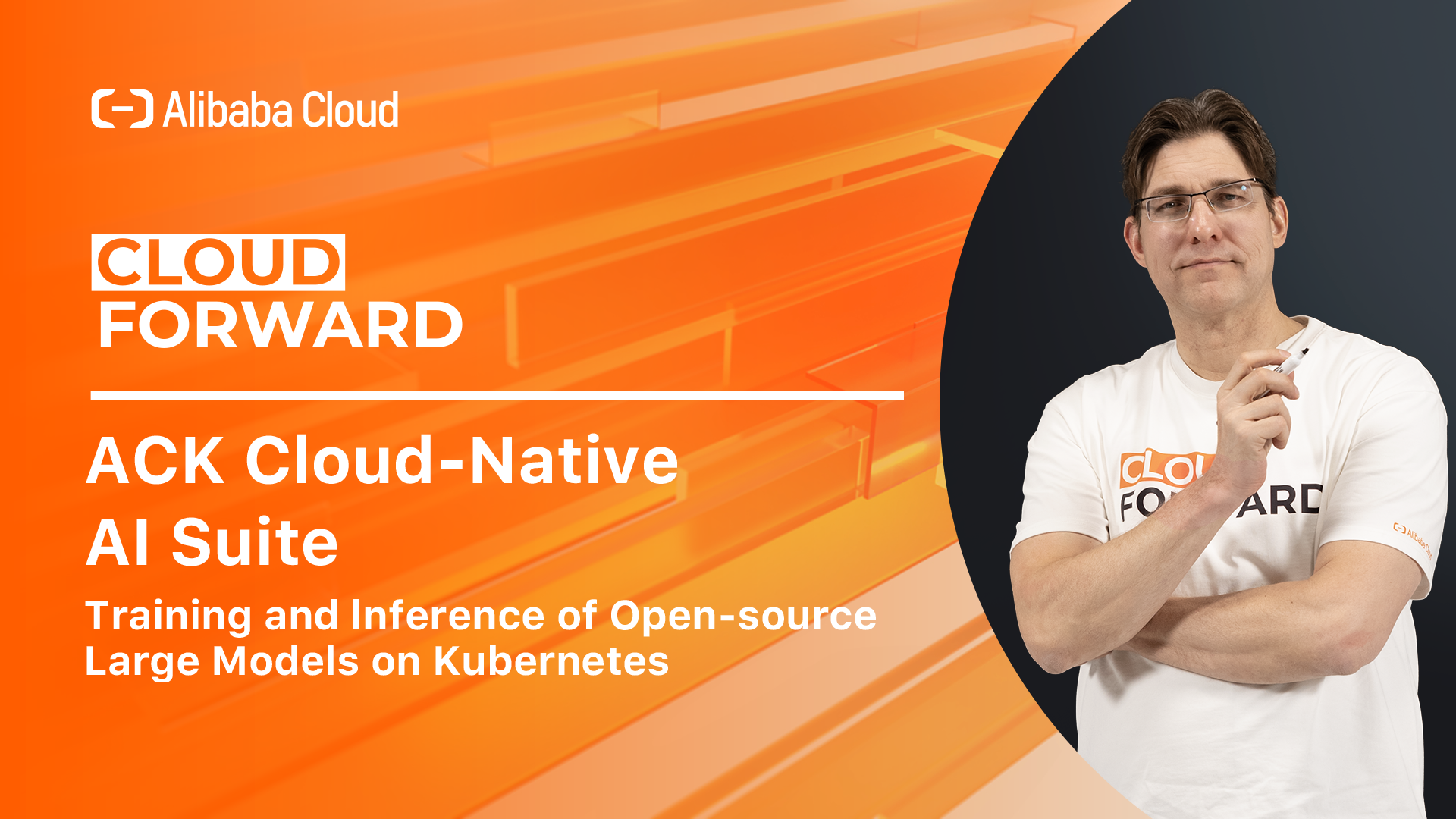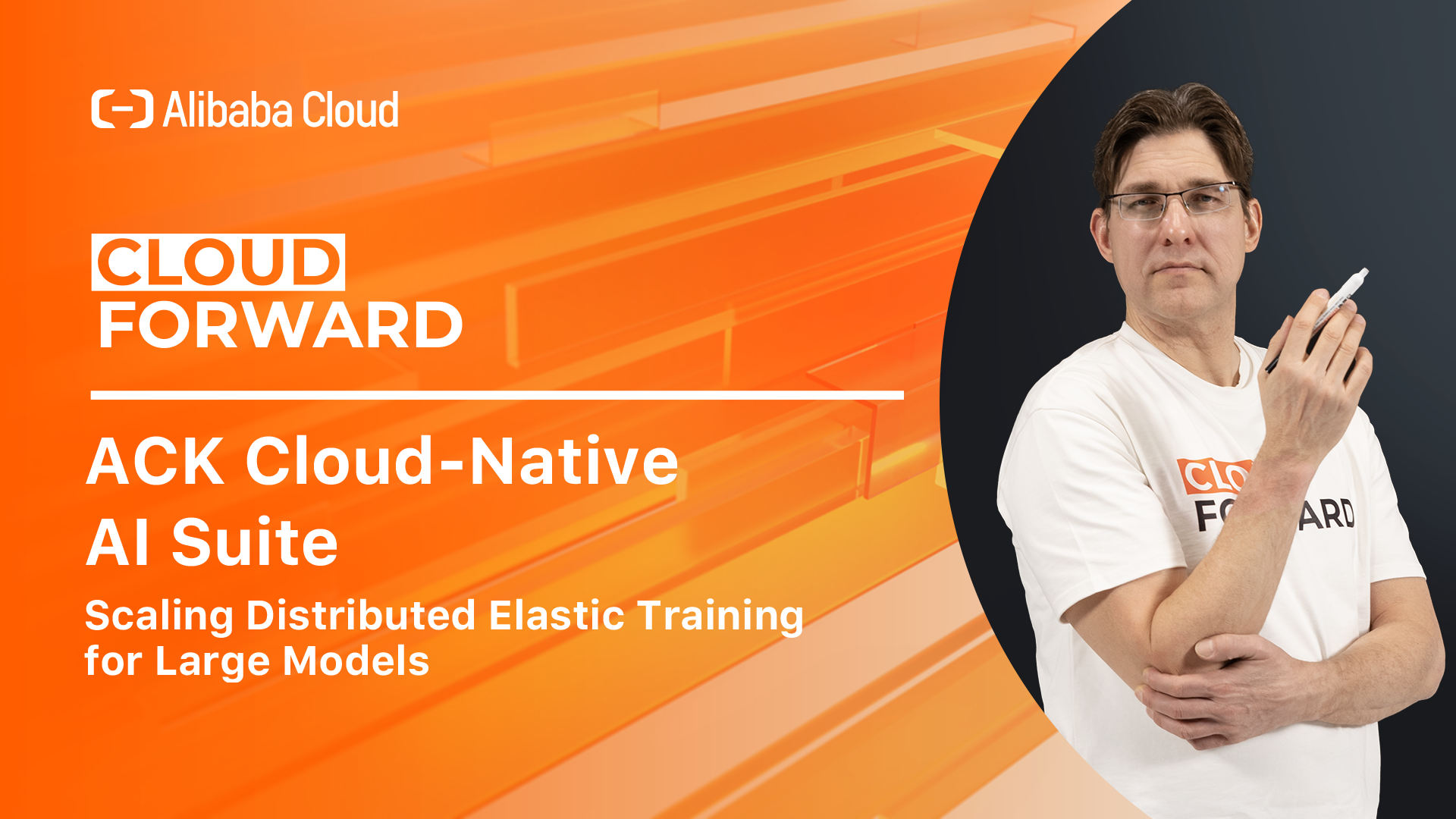This article uses the Llama-2-7b-hf model as an example to demonstrate how to deploy the Triton framework using KServe in Alibaba Cloud ACK.

This article introduces the development practices of using Kubernetes to deliver Serverless capabilities and on-demand utilization of heterogeneous resources such as GPUs.

The sixth episode of ACK Cloud Native AI Suite series introduces how to train and infer open-source foundation models based on the ACK Cloud-Native AI suite.

The fifth episode of ACK Cloud Native AI Suite series introduces how to perform large-scale distributed elastic training based on the ACK Cloud-Native AI suite.

The fourth episode of ACK Cloud Native AI Suite series introduces Fluid, the data orchestration acceleration engine in the ACK Cloud-Native AI suite.

The fourth episode of cloud native game solution series introduces the cloud-native landing of PvE server-based games based on OKG.

The third episode of ACK Cloud Native AI Suite series introduces how the ACK Cloud-Native AI suite efficiently schedules AI and big data tasks.

The second episode of ACK Cloud Native AI Suite series introduces how to simplify the complexity of GPU cluster operations and improve GPU resource utilization through the ACK Cloud-Native AI suite.

The first episode of ACK Cloud Native AI Suite series introduces Alibaba Cloud's Cloud-Native AI Suite.

The sixth episode of cloud native game solution series introduces the global delivery and operation and maintenance management of game servers based on ACK One + OKG.

The fifth episode of the cloud native game solution series introduces the cloud-native landing of H5 games and comprehensive games based on OKG.

The third episode of cloud native game solution series explore the implementation of cloud-native transformation for PvP session-based games based on OKG.

The second episode of cloud native game solution series introduces the cloud-native game workload OpenKruiseGame, and how it meets the needs of complex game server architectures.

The first episode of cloud native game solution series introduces how cloud-native technology helps the gaming industry achieve cost reduction and efficiency improvement.

This step-by-step tutorial introduces how to utilize Terraform to install Alibaba Cloud Container Service for Kubernetes (ACK).

This article introduces the ACK One multi-cluster gateways and their benefits in implementing zone-disaster recovery for multi-cluster applications.

This article describes how to use preemptible instances in Knative.

This article is part of a series focusing on interview questions for technicians, with a specific emphasis on the distributed system.

This article focuses on deploying Magento on Alibaba Cloud Container Service for Kubernetes (ACK).

This article explains how to use Argo Workflow to orchestrate dynamic DAG fan-out/fan-in tasks.
